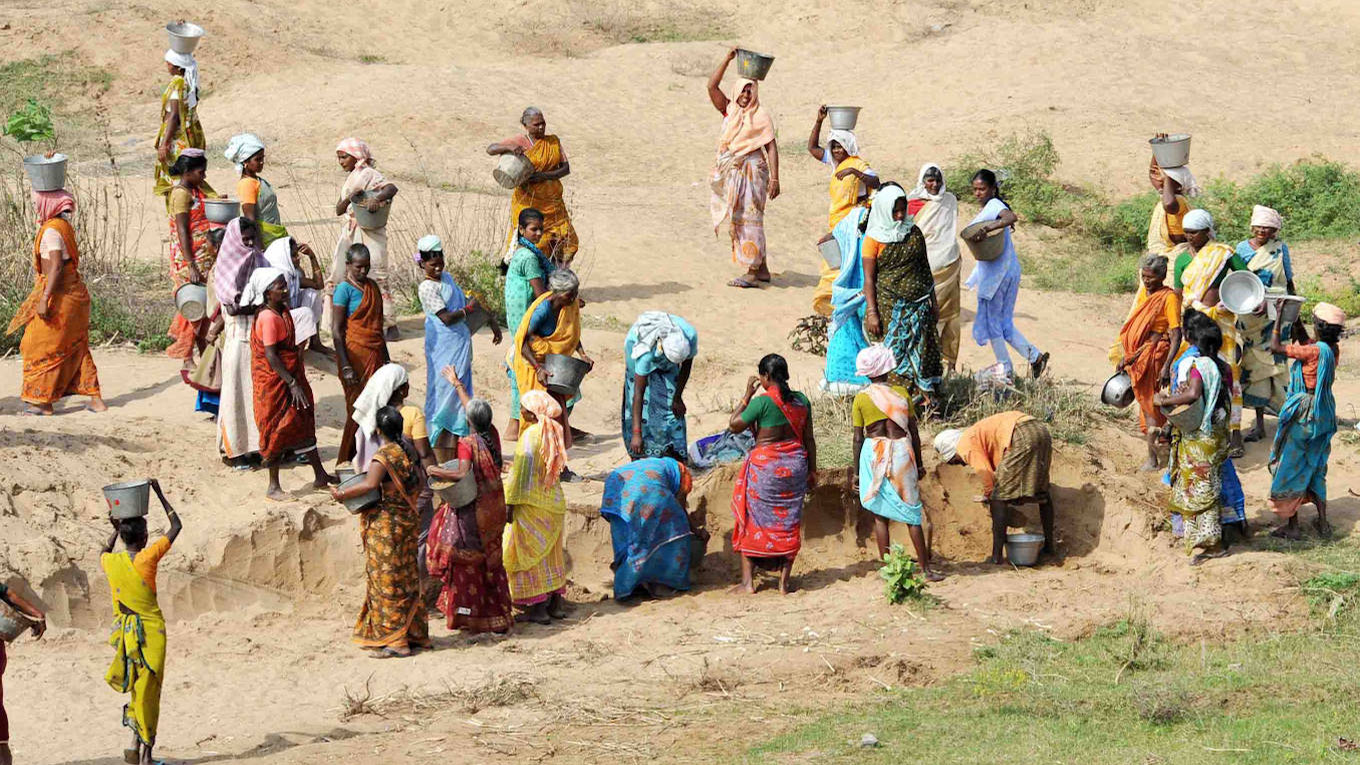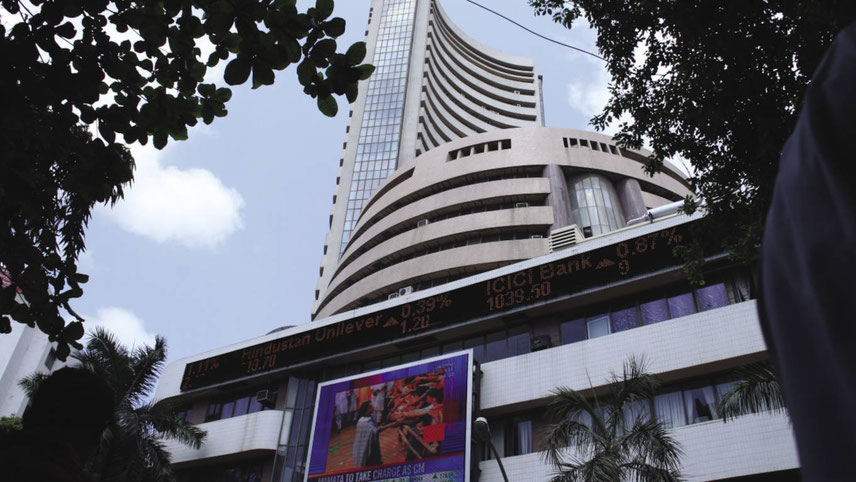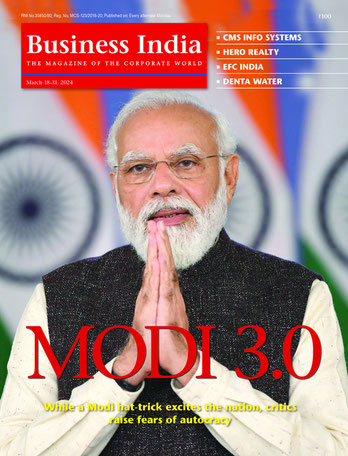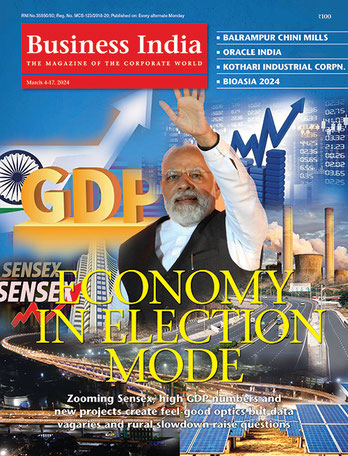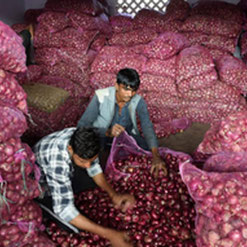-

Sitharaman: strategy failed to work
Labour market down
But it was the last four weeks that saw a particularly sharp deterioration in labour market conditions. “The downturn began in the week ended 16 May. During this week, the labour participation rate (LPR, a measure of the proportion of a country’s working-age population that engages actively in the labour market, either by working or looking for work) was at 40.5 per cent, which was higher by a whisker than the average 40.4 per cent rate around which this ratio has been hovering for several months since the 2020 lockdown,” CMIE’s CEO Mahesh Vyas said in the report.
But the unemployment rate, according to CMIE, shot up suddenly to 14.5 per cent after remaining stable for several weeks at about 8 per cent. This implies that, during the week of 16 May, a number of people lost employment suddenly and they continued to look for jobs, albeit unsuccessfully, he said.
The gradual unlocking process across India is likely to restore about two-thirds of the 25 million non-farm jobs lost following the lockdown in May, the report said. “This relentless loss of employment can be expected to abate somewhat in the coming weeks as many parts of the country that were under a lockdown have started announcing cautious relaxations. These could provide some succour to the daily wage labourers who have suffered during the calibrated and localised lockdowns of May 2021,” the CMIE report said.
According to official data, the total employment is currently about 12.5 million below the average for 2019-20 (85.9 million), before Covid-19 first hit the country, and just above the average for 2020-21 (72.5 million), the first year of the pandemic. This means the Covid restrictions this year, despite being less stringent than last year, may already have wiped out the gains the job market saw at the end of last year. The development highlights how factors like a better healthcare infrastructure, availability of vaccines and effective enforcement of Covid protocols could have moderated the effect of the virus and made the trade-off between lives and livelihoods less painful and less costly.
Impact on GDP
During the April-June quarter of 2020, the aggregate estimate on the growth rate of GDP showed a sharp contraction of 24 per cent. The impact on lives and livelihoods of this contraction is still unfolding before us.
The findings in the Periodic Labour Force Surveys (PLFS) for the April-June quarter of 2020, the first official report by the ministry of statistics and programme implementation, tell the gory tale. This is the period which witnessed the worst impact with the lockdown in force until the middle of May. The survey says that the urban unemployment rate for the population above the age of 15 was 20.8 per cent, close to the monthly average for the same quarter from CMIE at 19.9 per cent. S
imilar to the CMIE data, the PLFS data also shows a sharp rise in the unemployment rate which more than doubled compared to the unemployment rate in the preceding quarter of January-March 2020 at 9.1 per cent and 8.8 per cent in the same quarter (April-June) of 2019. While one in five persons above the age of 15 was unemployed during April-June 2020, the unemployment rate among the 15-29-year-olds was 34.7 per cent — every third person in the 15-29 age group was unemployed during the same period. This was the period when visuals of thousands of migrants walking back to their villages bombarded our television screens. While many have returned to urban areas in the absence of jobs in rural areas, many did not.
-
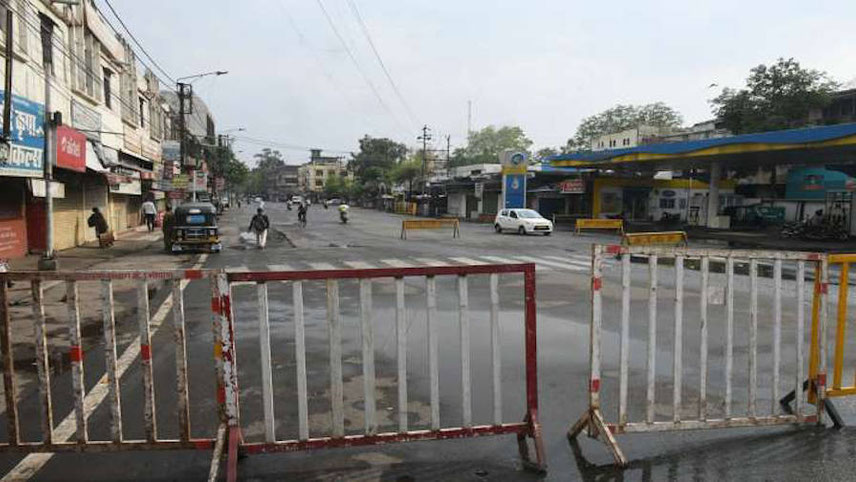
Labour market is in its worst condition since the nationwide lockdown
Will data for the April-June quarter this year be on similar lines? According to CMIE, over 25 million existing jobs have been lost between January and May 2021, The bulk of these jobs – almost 22 million – have occurred in April and May. The other badly affected sectors include manufacturing (4.2 million jobs lost), hospitality (4 million) and trade (3.6 million). Indeed, the second wave has hit contact-intensive sectors like tourism, hotels and restaurants so hard that even the RBI was forced to announce a separate liquidity window for them recently. Aviation has also been badly hit and airlines are reeling under losses.
Jobs issue neglected
The worsening jobs situation is partly a result of the long-term neglect of the employment issue in policy circles. In India, informal enterprises in the unorganised sector are the drivers of employment creation. Himanshu, assistant professor of economics at JNU and a policy commentator, says that since 2016-17, most of these sectors have suffered as a result of policy choices. The decline in the number of workers by 15 million between 2011-12 and 2017-18 is only a partial reflection of the jobs crisis. The decline in jobs was accompanied by a decline in the quality of employment, with an increase in precarious jobs and a decline in access to social security for a majority of workers.
The deceleration in the growth rate of economic activities also meant that real wages of casual workers in rural areas by January 2021 have declined compared to two years ago. Regular salaried workers were already suffering from a decline in real wages at 1.7 per cent per annum between 2011-12 and 2017-18. “More recent data after the pandemic is not available but sectoral surveys do suggest that the decline in real earnings of regular salaried workers has continued. The lockdown only aggravated an already fragile employment situation,” he adds.
While the Congress-led UPA tried to tackle the issue of joblessness by launching the Mahatma Gandhi National Rural Employment Programme with mixed success, the BJP-led NDA has worsened the situation with policy decisions such as demonetisation and GST implementation, which affected the informal/unorganised sector adversely. The latest RBI Consumer Confidence Survey that was conducted in May shows that the sentiment on employment has been worsening ever since Modi was elected in 2014. Much like employment, the prospects on incomes have also registered a secular decline since roughly the start of Modi’s first term. This effectively negates the hype that accompanied the launch of programmes like Make in India and Atmanirbhar Bharat.
Jobless growth
But there is a bigger problem which India will need to tackle in the longer run – that of jobless growth. The Modi government on its part appears to have put on blinkers in even acknowledging that such a problem exists. Even when India’s growth was blooming, earning the tag of the fastest-growing major economy in the world, economists were worried about the anomaly of jobless growth. In fact, India’s rate of jobless growth had emerged as a top concern among economists who had repeatedly questioned how jobs were not growing as fast as the country’s GDP. They warned that the rate of jobless growth could severely impact India’s economy which depends heavily on the middle class population, engaged primarily in salaried jobs and entrepreneurship.
-

Fate of job seekers in the country hangs in a thread; Photo: Sanjay Borade
Alarm bells should have begun ringing for the government but such was the supreme indifference to well-meaning advice with which it ran the country that the problem was ignored. It aggravated when the GDP growth in India began falling since 2019. The corona-virus shock in 2020 and consequent lockdown laid bare the fragility of the formal job market, which has collapsed.
By the time the wave peaked in September 2020, India had witnessed a sharp decline in the number of jobs in the formal sector– the largest source of salaried employment in the country. Even after unlocking the economy, there was little improvement in the salaried jobs space. The Modi government, of course, has cited the unprecedented economic crisis behind the job situation in the country.
However, the pandemic may not be the only reason why salaried jobs – one of the most secure forms of employment – are losing prominence in India. Unemployment in the country had been a real problem since 2017-18. A government job survey, whose publication was delayed just ahead of 2019 Lok Sabha election, showed how the country’s unemployment reached a four-decade high of 6.1 per cent in 2017-18. The report noted that unemployment was higher in urban areas in comparison to rural areas – an indication that salaried jobs have been dwindling in India for at least three years.
Entrepreneurship wave
How did that happen? An entrepreneurship wave that started in India a few years ago could be another reason why there has been no growth in salaried jobs in the country, according to CMIE. Salaried jobs do not seem to grow in tandem with economic growth, or even with an increase in entrepreneurship.
Data show that despite India’s rapid growth before 2019, salaried jobs grew at a snail’s pace. Salaried jobs grew from 21.2 per cent in 2016-17 to just 21.6 per cent in 2017-18. It inched to 21.9 per cent in 2018-19. India was clocking a real Gross Value Added (GVA) rate of 6-8 per cent per annum all this while. But the period of jobless growth hit a roadblock in 2019-20 when salaried employment fell to 21.3 per cent. The CMIE explained that the stagnation in the salaried job market in spite of India’s economic growth in recent years is not the only anomaly. The CMIE found it ‘equally odd’ that India has been witnessing a rapid increase in entrepreneurship without any increase in salaried jobs.
By 2019-20, India had over 78 million entrepreneurs. But, surprisingly, the increase in entrepreneurship did not add more salaried jobs which remained steady at 86 million. This indicates that much of the entrepreneurship growth in India was self-employed and consisted only of very small-scale businesses.
The Modi government, after coming to power, had introduced several schemes to promote entrepreneurship in the country. Modi had, on many occasions, encouraged India’s growing youth population to become entrepreneurs and even coined the catchy term ‘pakoda-nomics’ to justify self-employment as a measure of entrepreneurship.
While entrepreneurship did see a rise, it is not the kind that helps sustain economic growth, evident by the low job creation. The fact that all salaried jobs put together account for just 21-22 per cent of total employment in India is worrying as it directly impacts a large share of private consumption. “There are many more farmers than salaried jobs. And, there are even more daily wage labourers. Farmers and daily wage earners together account for nearly two-thirds of the Indian working population,” said CMIE.
-
More recent data after the pandemic is not available but sectoral surveys do suggest that the decline in real earnings of regular salaried workers has continued. The lockdown only aggravated an already fragile employment situation
Informal sector’s role
It indicates that a large part of India’s workforce is employed by the informal sector, where it is easy comparatively easier to get jobs. However, such form of employment heavily depends on demand originating from the urban economy, comprising mostly of salaried jobs. With the sudden meltdown of salaried jobs in India, the informal economy is also feeling the heat with thousands of small-scale traders and hawkers shutting shop.
Only the rural economy has seen a steady rise during the lockdown period as farming became the last resort for those who lost their urban jobs. Most daily wage labourers who were forced to return to their native places were the main reason behind a 14 million rise in farm employment. However, rural growth, even at 3.5 per cent, is not enough for an economy which needs at least eight to nine million jobs to be created every year, with the current LPR of 41 per cent to support the country’s rising youth population. This is just not happening.
Himanshu feels that this level of unemployment is not just a symptom of the ‘jobless’ model of economic growth that has been followed in the last two decades, but is also a recipe for political and social instability.
The pandemic and the subsequent crisis in the employment-unemployment situation has only highlighted the fragile situation of the labour market. The real crisis of unemployment and jobless growth is a bigger pandemic that is unlikely to be resolved with the current model of economic growth which prioritises capital over labour.
But, can this government which has completed two years in office and had nothing to boast about in terms of GDP growth take an overt stand in favour of labour? Unlikely. As a quick-fix, it has the option of propping up the gig economy where workers get hired typically for short durations. The gig economy, according to a recent report by consultancy firm BCG, can serve up to 90 million jobs in the non-farm sectors in India with a potential to add 1.25 per cent to the GDP over the ‘long term’. In the short-to-medium term, nearly 24 million jobs in skilled, semi-skilled and shared services roles could be delivered via gig economy, including nearly 3 million shared services roles and about 8.5 million roles meeting household demand.
A few years ago, when concerns were being raised about a ‘jobless’ growth, the government had pointed to the growth in gig economy jobs. But gig workers are typically younger, work fewer hours a day, are relatively less educated, and more often serve as secondary contributors to household income. That’s hardly a lasting solution to the problem of joblessness. Hence, the impasse over joblessness will continue until the real economy grows.
